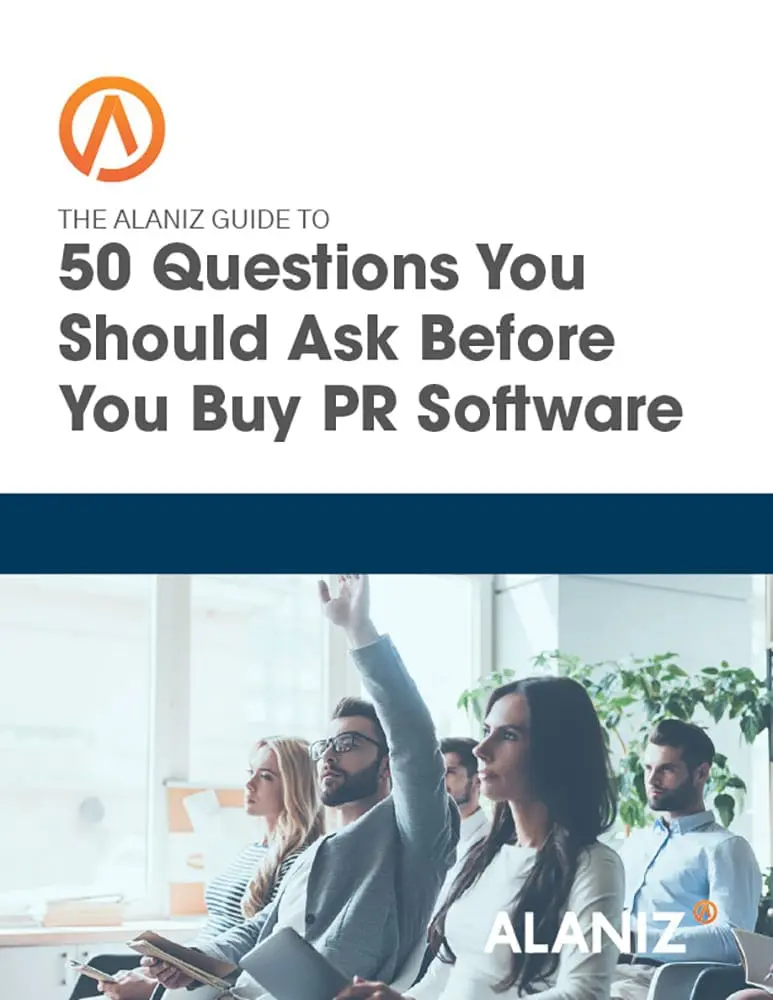This blog post is part of “The Ultimate Guide to Public Relations” blog series.
Public relations is all about getting press coverage for your company and product, and managing press relationships when good news and bad news happens. With the proliferation of media outlets, knowing who is writing about your industry or business can be extremely challenging.
Media database platforms (Cision, Meltwater, Muck Rack) have been created to help. These are platforms that include a database of multiple types of “influencers”–journalists, bloggers, analysts, columnists and more and the “beats” or markets that they cover. Features vary from platform to platform, but in general, these tools can be used to search for journalists that are covering your industry, read their recent work, and communicate with them via email through the platform. They allow you to build lists that you can use for one or more announcement or for entire campaigns.
Can You Build Your Own Media Database?
You can also build your own media database manually, but it is very difficult to do because the news landscape is constantly changing. Publications come and go, and writers switch publications and beats. While you can use search engines to search for news about your industry and identify the publications and writers that are covering it, finding contact information can be challenging. Some publications include their writers’ email addresses and/or phone numbers, others don’t. A list without contact information is not very valuable.
The value of media databases is in their ability to quickly identify and manage media channels for your PR outreach and to create personalized outreach to specific journalists covering specific industries. Personalized communication is far more likely to be successful than an anonymous blast to as many publications as you can find.
Media database platforms also allow you to monitor press coverage of your company and products and any other keywords you would like to follow–competitors, partners, and other related organizations. Some provide a wire service as well, making it a convenient way to distribute press releases to mass audiences.
Costs and Pricing
Media databases are pricey. A typical subscription will cost tens of thousands of dollars per year. One way to reduce this cost is to work with a marketing or PR agency. Most have a subscription to a media database platform that they use to generate press coverage for their clients. Become a client, and the agency can provide the platform and do the work for you. They don’t work for free, of course, but outsourcing media relations can be more cost-effective than using internal staff and subscribing to a media database.
A challenge when evaluating media databases is their pricing. One of the most common questions we get regarding media databases is “are they worth it.” It’s a difficult question to answer because few disclose their pricing, and it can be difficult to get a comparison of features and costs without lengthy sessions with sales representatives. Since with don’t know what the “it” is, it can be challenging to assess the value.
To learn more see our article on How to Build a Media List with Meltwater.
This blog post is part of “The Ultimate Guide to Public Relations” blog series.

